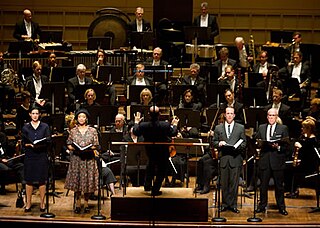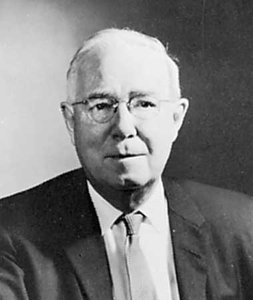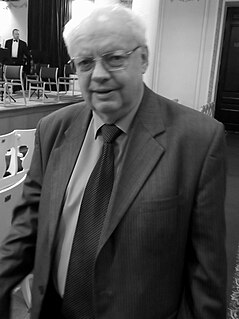
A concerto is a musical composition generally composed of three movements, in which, usually, one solo instrument is accompanied by an orchestra or concert band. It is accepted that its characteristics and definition have changed over time. In the 17th century, sacred works for voices and orchestra were typically called concertos, as reflected by J. S. Bach's usage of the title "concerto" for many of the works that we know as cantatas.

The Pulitzer Prize for Music is one of seven Pulitzer Prizes awarded annually in Letters, Drama, and Music. It was first given in 1943. Joseph Pulitzer arranged for a music scholarship to be awarded each year, and this was eventually converted into a prize: "For a distinguished musical composition of significant dimension by an American that has had its first performance in the United States during the year."
Ellen Taaffe Zwilich is an American composer, the first female composer to win the Pulitzer Prize for Music. Her early works are marked by atonal exploration, but by the late 1980s she had shifted to a post-modernist, neo-romantic style. She has been called "one of America’s most frequently played and genuinely popular living composers." She was a 1994 inductee into the Florida Artists Hall of Fame. Zwilich currently serves as the Francis Eppes Distinguished Professor at Florida State University.
Although a concerto is usually a piece of music for one or more solo instruments accompanied by a full orchestra, several composers have written works with the apparently contradictory title Concerto for Orchestra. This title is usually chosen to emphasise soloistic and virtuosic treatment of various individual instruments or sections in the orchestra, with emphasis on instruments changing during the piece.
Shulamit Ran is an Israeli-American composer. She moved from Israel to New York City at 14, as a scholarship student at the Mannes College of Music. Her Symphony (1990) won her the Pulitzer Prize for Music. In this regard, she was the second woman to win the Pulitzer Prize for Music, the first being Ellen Taaffe Zwilich in 1983. Ran was a professor of music composition at the University of Chicago from 1973 to 2015. She has performed as a pianist in Israel, Europe and the U.S., and her compositional works have been performed worldwide by a wide array of orchestras and chamber groups.

Stanisław Skrowaczewski was a Polish-American classical conductor and composer.

George Theophilus Walker was an American composer, pianist, and organist, who was the first African American to have won the Pulitzer Prize for Music. He received the Pulitzer for his work Lilacs in 1996.

Steven Edward Stucky was a Pulitzer Prize-winning American composer.
Richard Wernick in Boston, Massachusetts is an American composer. He is best known for his chamber and vocal works. His composition Visions of Terror and Wonder won the 1977 Pulitzer Prize for Music.
Melinda Jane Wagner is a US composer, and winner of the 1999 Pulitzer Prize in music. Her undergraduate degree is from Hamilton College. She received her graduates degrees from University of Chicago and University of Pennsylvania. She also served as Composer-in-Residence at the University of Texas (Austin) and at the ‘Bravo!’ Vail Valley Music Festival. Some of her teachers included Richard Wernick, George Crumb, Shulamit Ran, and Jay Reise.

Leo Salkeld Sowerby, American composer and church musician, was the winner of the Pulitzer Prize for music in 1946, and was often called the “Dean of American church music” in the early to mid 20th century.

Myroslav Skoryk is a Ukrainian composer and teacher. His music is contemporary in style and contains stylistic traits from Ukrainian folk traditions.
Joel Krosnick is an American cellist who has performed as a soloist, recitalist, and chamber musician throughout the world for over thirty-five years. As a member of the Juilliard String Quartet from 1974 to 2016, he performed the great quartet literature throughout North America, Europe, Asia, and Australia.

Ralph Shapey was an American composer and conductor.
Christopher Chapman Rouse is an American composer. Though he has written for various ensembles, Rouse is primarily known for his orchestral compositions, including a Requiem, eleven concertos, and five symphonies. His work has received numerous accolades, including the Kennedy Center Friedheim Award, the Grammy Award for Best Classical Contemporary Composition, and the Pulitzer Prize for Music. Rouse was the composer-in-residence for the New York Philharmonic from 2012 to 2015.
Yehudi Wyner is an American composer, pianist, conductor and music educator.
The Symphony is a symphony for orchestra by the Israeli-American composer Shulamit Ran. The work was commissioned by the Philadelphia Orchestra in 1987 and was give its world premiere on October 19, 1990. The piece was awarded the 1991 Pulitzer Prize for Music and took the first place Kennedy Center Friedheim Award that same year. It was composed in a primarily atonal style.
The Concerto for Orchestra is an orchestral composition by the Polish-American composer Stanisław Skrowaczewski. Though originally composed in 1983 and premiered in the mid-1980s, Skrowaczewski later reworked the composition. It was first performed in its revised form on November 19, 1998 in Philadelphia by the orchestra of the Curtis Institute of Music. The revised piece was a finalist for the 1999 Pulitzer Prize for Music.
Concerto Fantastique is an orchestral composition in four movements by the American composer Ralph Shapey. The work was commissioned by the Chicago Symphony Orchestra, who first performed the work under the composer on November 21, 1991. It was a finalist for the 1992 Pulitzer Prize for Music.











